 Sikkim Tours Online
Sikkim Tours Online
 Sikkim Tours Online
Sikkim Tours Online
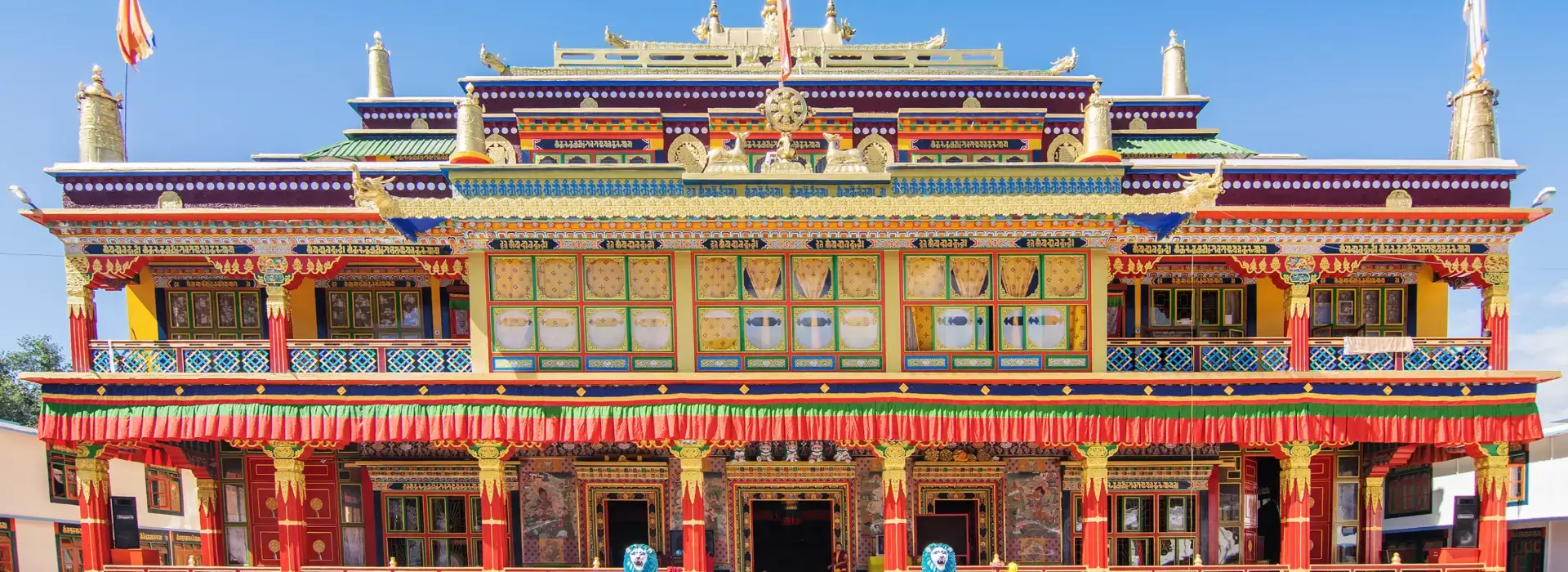
Religious Tourism in Sikkim
Sikkim – in the lap of the eastern Himalayas is another laboratory of pilgrimage travel destination with religious natural values. The state is equally popular for its famous monasteries like – Rumtek and Tashiding as well as the Hindu pilgrimage site – Khecheopalri Lake. In addition, pilgrims’ cross picturesque geographical terrains, including the higher latitudes of mountains and snowy areas down to the beautiful valleys of base lands. Sikkim has pledged itself to sustainable tourism, which means that these holy places are protected, and tourists can get a real and enjoyable experience.
Probably due to its serene weather conditions and rich cultural history, Sikkim is an ideal place for anyone seeking spirituality. Among the great popular religious places in Sikkim there is the concentration of sacred lakes and temples which attract pilgrims from all over the world and thus the state's claim for a spiritual tourism destination. The tour package of Sikkim pilgrimage tourism offers immediate spiritual comfort as well as a pretty natural look at Sikkim.
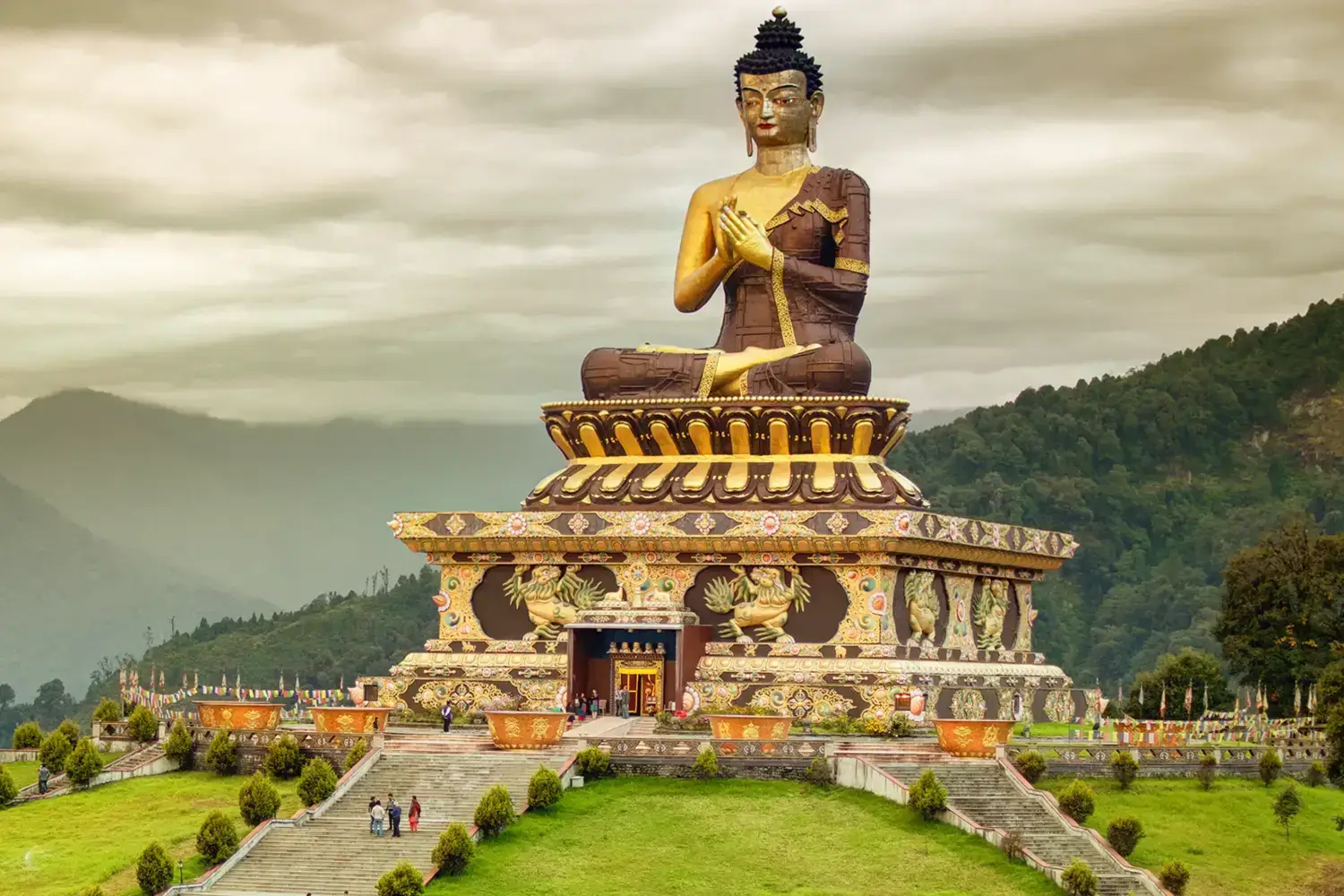
Buddhism is deeply rooted in Sikkim and its personality and lifestyle. The state also features several monasteries such as the famous Rumtek and Tashiding to depict the apprenticeship in Buddhism in Sikkim. Sikkim, which is mainly a centre of Tibetan Buddhism has drawn its doctrines from the Karma Kagyu and Nyingma sects. Popular Buddhist monasteries in Sikkim are not only worship centres but also schools and contemplative organisms. Cultural fairs and festivals like the Losar Festival and Bhumtchu Festival are celebrations of Buddhist culture and tourists come from all over the world to feast their eyes upon them. Sikkim has proved to have a strong spiritual topography that enables one to have time to reflect on issues in life.
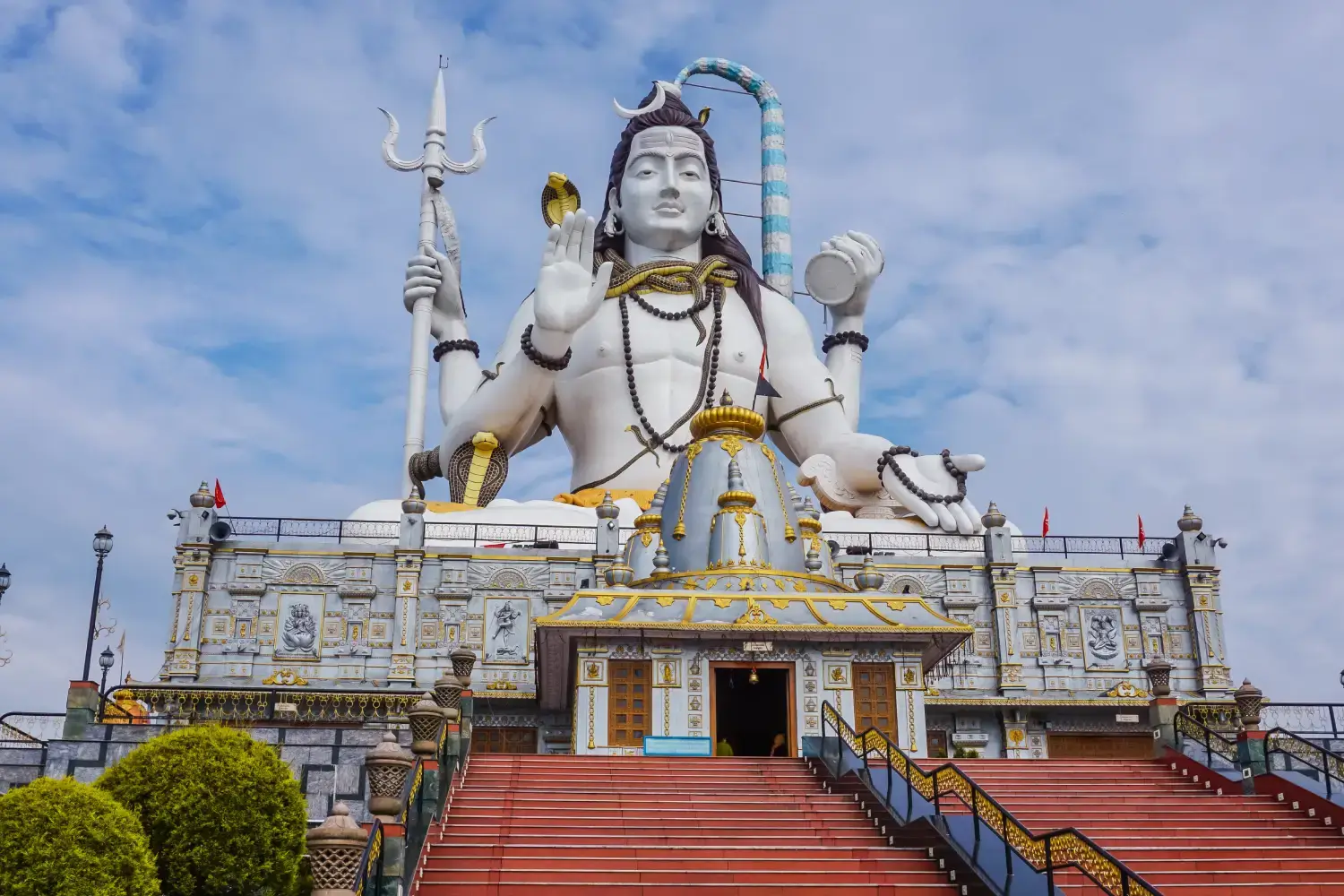
In Sikkim, both Buddhists and Hindus live harmoniously and therefore the place has a vibrating and rich culture. The state has a significant number of Hindus which include the Lord Shiva temple at Raichak, the Durga temple at Bishnupur, and Khecheopalri Lake worshipped by Goddess Tara. The annual Chhewar and Baisakhi fairs are communal events where the audience gets to explore vibrant rituals and customs. Some of the remarkable religious places are called Nathula Temple and Ganesh Tok Temple which depict high religious influence in the state. Combining the religion of India, Hinduism in Sikkim with its natural beauty, it is going to be a thing of beauty for anyone.
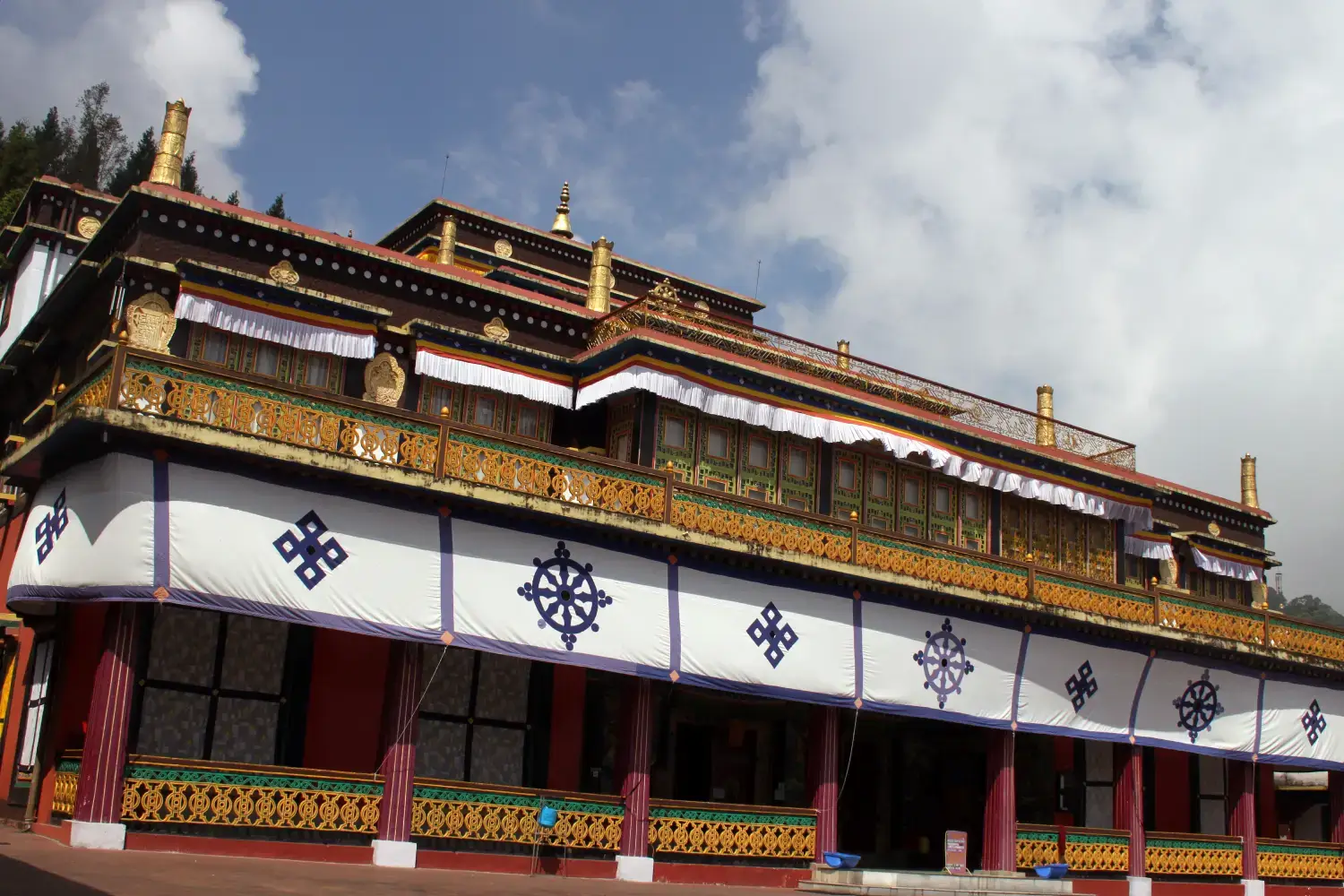
A beautiful and quite seismic boasts of beautiful Buddhist pilgrimage in Sikkim and monasteries that represent Vajrayana Buddhism. Rumtek Monastery – a large building with unique pieces of Buddhist relics and the Indian Karma Kagyu lineage. Another value for the people is Tashiding Monastery situated on the hill; it is thought to be one of the most sacred places of Sikkim where people come for spirituality.
The Pemayangtse Monastery with its rich carved wooden decorated and vantage point for the Kanchenjunga is a place of worship and history. Other less famous monasteries, like Phodong and Ralang, also house great artwork in the forms of paintings, wheels and statues of Buddha. Apart from being the centre for meditation, the sacred places have preserved the wonderful Buddhist culture, so more and more tourists from all over the world come to Sikkim to fulfil their desire to be spiritual pilgrims and be the part of Buddha tourism in Sikkim.
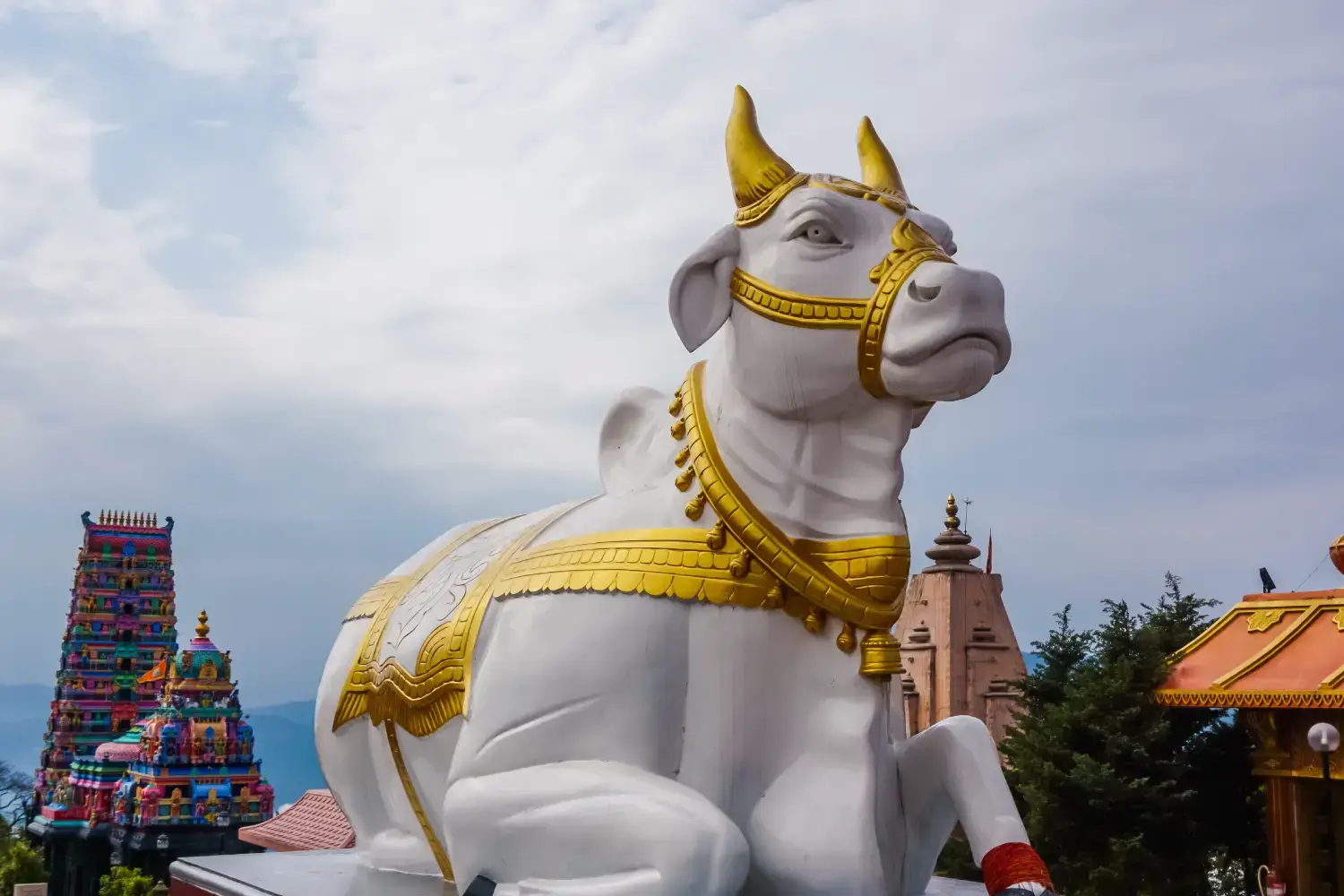
Temples are culturally revered that link religion with the history and architecture of Sikkim today. One of the holiest is Khecheopalri Lake which is a powerful Hindu pilgrimage in Sikkim regarded as the abode of Goddess Tara. A temple to Lord Shiva is constructed at the holy site at Tsongmo Lake to which devotees are drawn especially during the Maha Shivaratri when puja and bhajans to Lord Shiva are performed in splendid surroundings of a high-altitude lake.
The power and spirituality that exist in Bhutan are demonstrated through a tour of the Samdruptse Temple complete with a high statue of Guru Padmasambhava. The Siddheshwar Dham temple is located in a grove amidst the beautiful sceneries and it is another religious Hindu temple in Sikkim that shows the Sikkimese faith. Such temples in combination with vibrant celebrations like Dashain and Tihar bring spiritual harmony with artistry to Sikkim to turn it into a perfect destination for Hindu devotees.

Sikkim has several religious lakes, holy for both Buddhists and Hindus: Tsongmo, Khecheopalri, and so on. One of the most treasured is Khecheopalri Lake; the Hindus have unbanned it variously as the ‘Wish-fulfilling Lake’ and believed to be Goddess Tara. One of the beautiful lakes is sparkling clear and is famous for those who come to the shore asking for their wishes to be fulfilled. Another important shrine is Tsomgo Lake situated at a height of 10,000 ft. above sea level and both Hindus and Buddhists give their obeisance in the lake, especially in the Chhewar Mela which is performed in this month.
It also takes spiritual significance because the Guru Rinpoche has a spiritual association with the lake. The Menmecho Lake which contains religious themes has also been believed to be holy by Buddhists. So, tradition and the importance of these lakes as religious places for spiritual rehab are not all that is offered here: these gorgeous lakes are a connection between the earthly and the divine, which people visit to pray, meditate, and relax all year around.
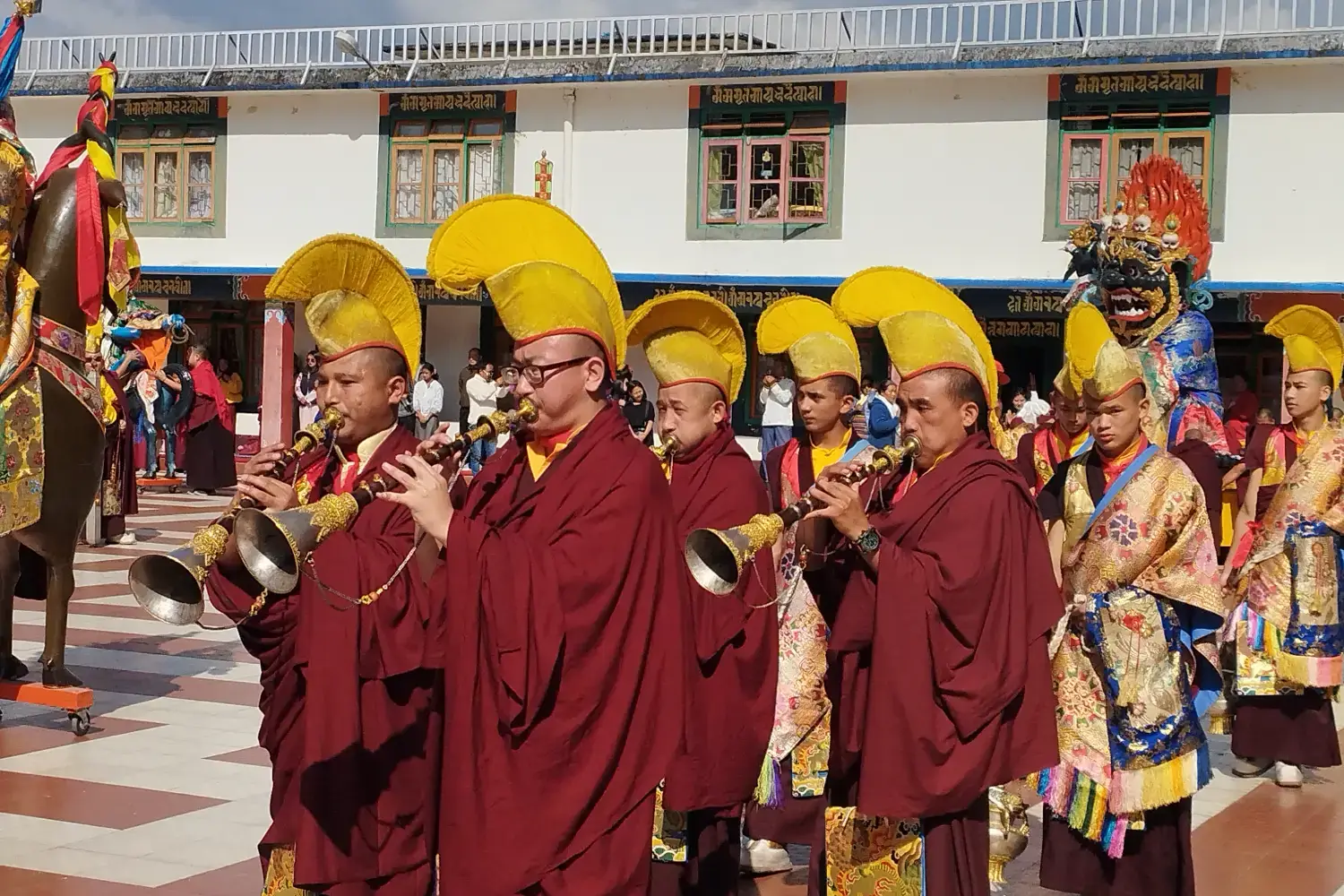
Festivals and occasions in Sikkim are the endowment of this state underline its civilization and have Buddhist and Hindu effects. The new year known as the Losar is another popular holiday; Monasteries all over the state have huge Celebrations, they perform traditional dances in honour of the New Year and perform rituals offering prayers and sweets to gods and Goddesses for a prosperous year ahead. Perhaps another fair so significant is the Bhumchu festival which, based on the opening of a holy pot, chooses the favouring or opposing year in the Tashiding Monastery.
Hindu Dashain is kind of like one big family gathering because a lot of praying to the Goddess Durga happens during the holiday. Tihar is similarly a festival of light that brings light to their homes with oil lamps as an expression of joy in the spirit of life. Saga Dawa is one of the many Buddhist prayer festivals where Buddhists pray in honour of Lord Buddha’s birth, enlightenment, and passing. These events against the backdrop of the mountains of Sikkim, promote a periodic spiritual cum cultural tolerance where the interested tourists as well as devotees are encouraged to explore the religious tourism in Sikkim with the history of the state.
Pilgrimage tourism in Sikkim indeed brings a total overhaul with spirituality getting alongside the natural beauty of the Himalayas. Rumtek and Tashiding monasteries of Buddhists, and the Khecheopalri Lake of Hindus and the other monasteries, temples bring faith and tranquillity. Sikkim’s apprehension to the preservation of the religious heritages ensures that it has no commercialization to offer the tourists a natural and real experience of visit to these sites.
Festivals such as Losar and Dashain turn the state into a Global Village of faith and colours, and culture vultures’ tourists who in their quest in search of spirituality, and interaction with nature are welcomed. While Sikkim diversifies into sustainability tourism, its sites of pilgrimage continue to be that sanctuary for anyone in search of spiritual growth amidst one of the naturally most beautiful parts of the Republic of India. Pilgrimage tourism in Sikkim therefore represents a perfect amalgamation of religious practices, Sikkim cultural practices and natural endowments of the region.
Here are quick links to explore the Sikkim Tours Online website and find important information about Sikkim travel, tourism, and holiday packages.